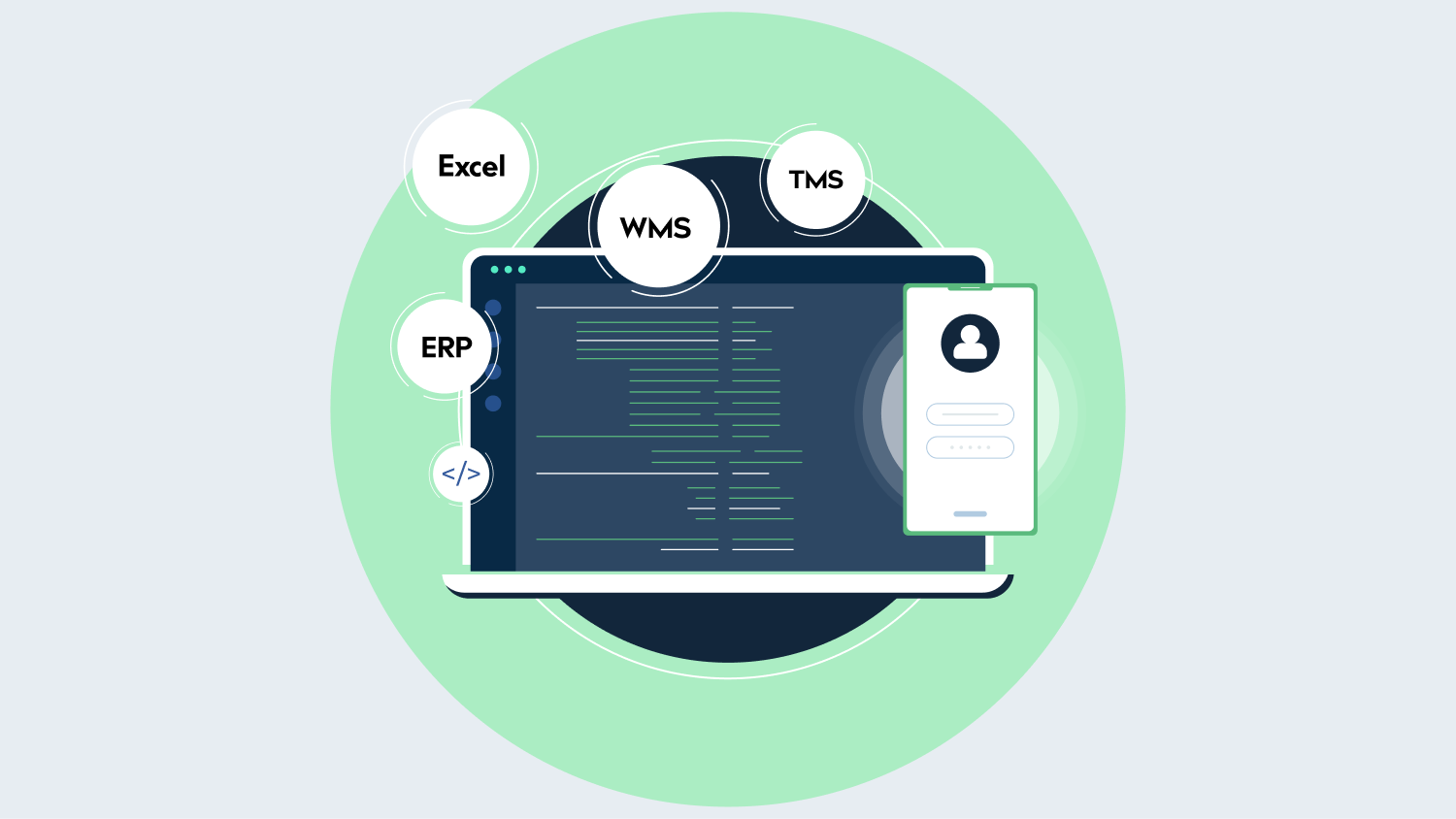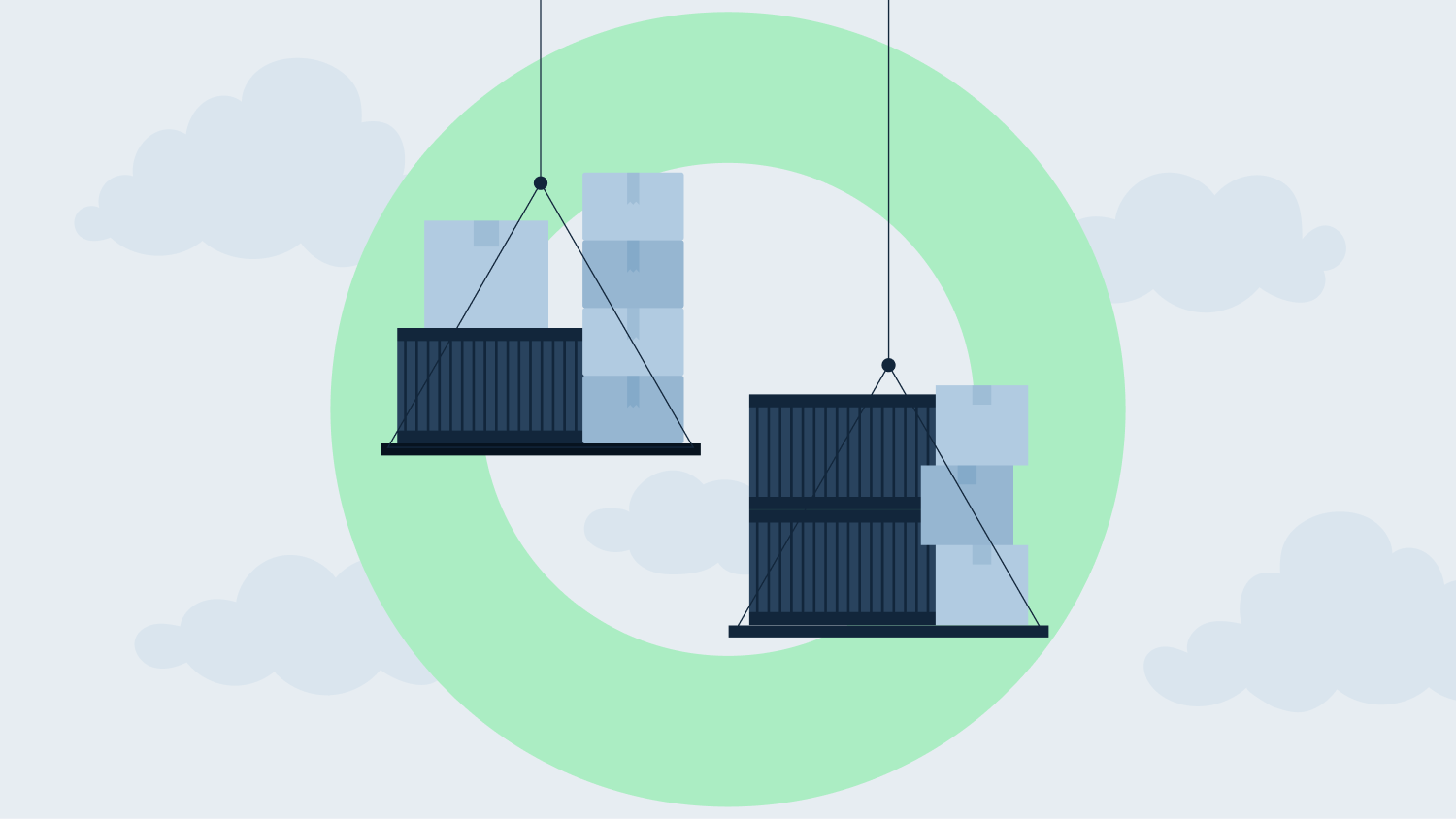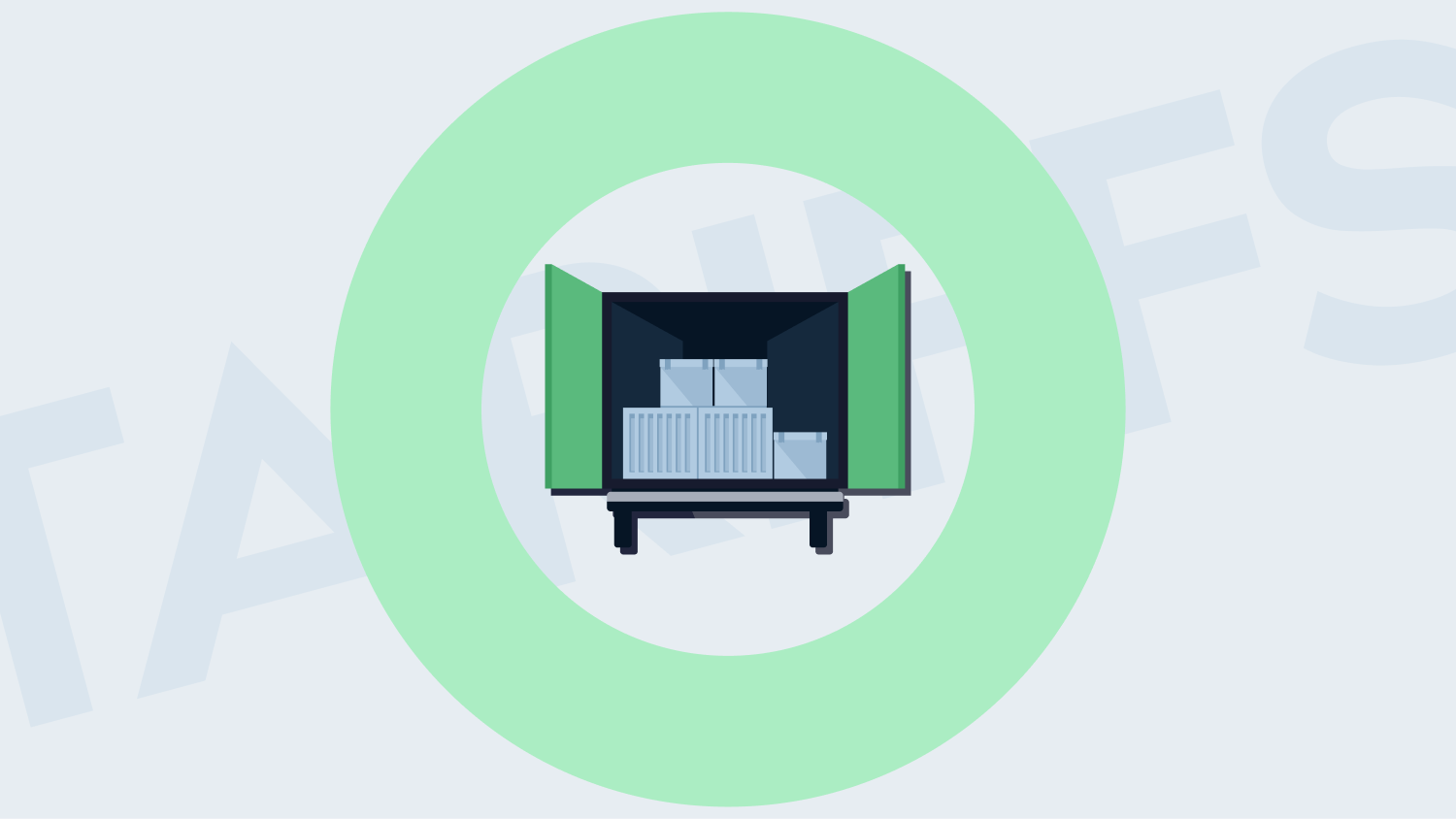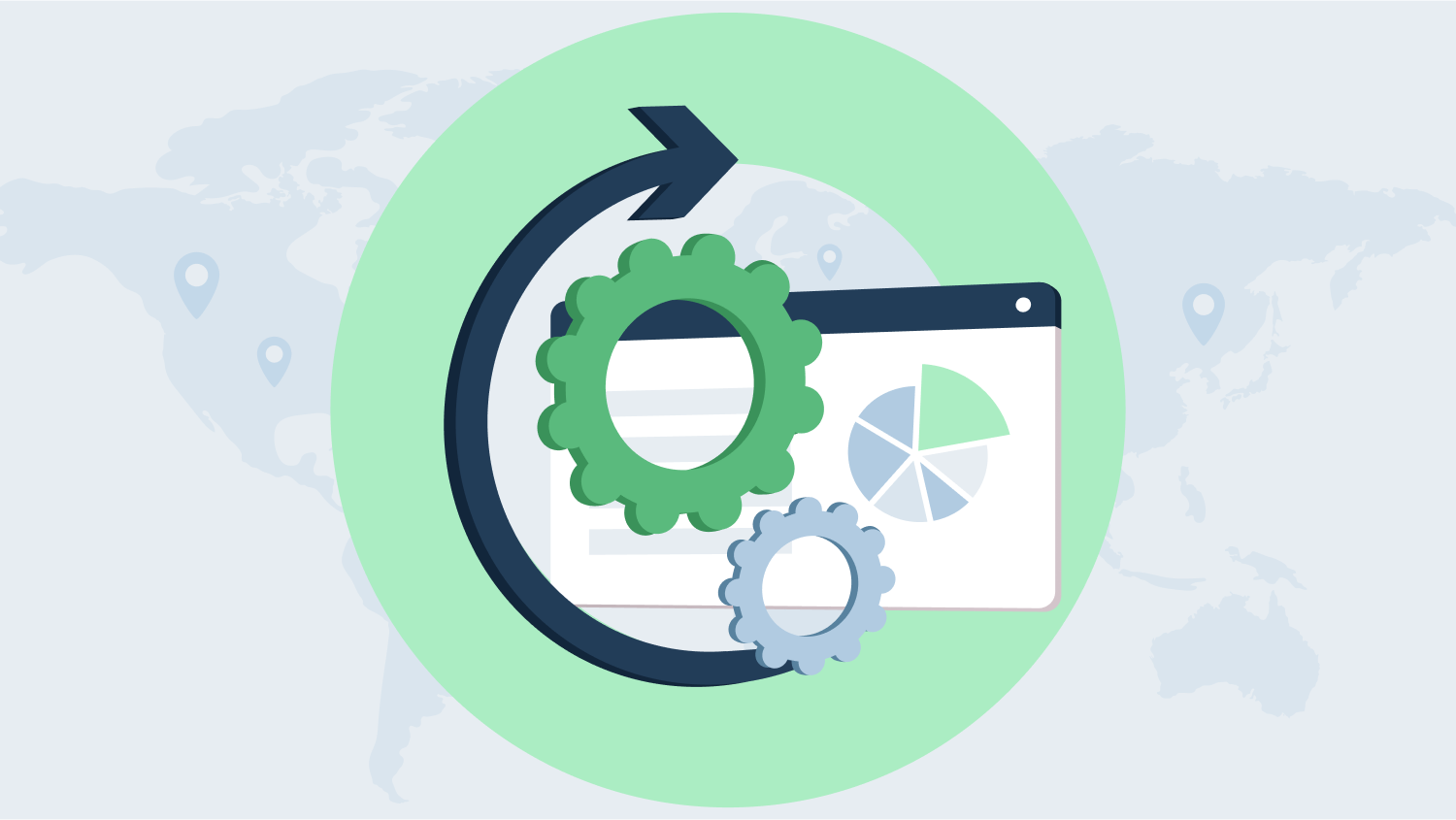Introduction
In 2025, supply chains are no longer merely logistics backbones—they are strategic instruments of competitive advantage. Pressured by inflation, fluctuating geopolitical tensions, and ever-complex consumer behaviors, firms are waking up to a reality where agility is nothing without transparency. At the center of this shift lies a deceptively simple question: what does it really cost to serve a customer?
Cost transparency, once an aspiration, is now a boardroom expectation. C-suite scrutiny of margin erosion has made Cost to Serve (CTS) an executive-level priority, not just an operational KPI. Granular visibility on service profitability by customer, product, or channel is fast becoming a key factor in distinguishing profitable scale from expensive volume. Whether optimizing fulfilment routes, renegotiating service level agreements, or rationalizing product portfolios, the demand for cost-based clarity has reached a tipping point.
Crucially, this newfound urgency aligns with an accelerating investment in supply chain network design. Leaders are combining CTS data with structural design decisions—warehouse placement, transportation corridors, and inventory buffers—to create networks that are not only lean, but resilient and profitable. As supply chains mutate into dynamic, customer-centric ecosystems, the relationship between cost insight and network design will determine who leads and who lags.
For those exploring this terrain, the principles and downstream implications are outlined in resources such as Omni-channel Supply Chain Modeling, which details how modern network design must be calibrated to shifting service expectations, economics, and carbon constraints. In 2025, CTS isn’t just about knowing your costs—it’s about designing your supply chain to exploit that knowledge.
Also Read: Sophus.ai’s Supply Chain Network Design
Why Cost to Serve Still Matters
In a logistics world preoccupied with agility and resilience, Cost to Serve (CTS) remains a non-negotiable metric. While buzzwords like “digital twins” and “AI-augmented planning” dominate headlines, the core economic principle underpinning them hasn’t changed: profitability depends on knowing your true costs. CTS provides visibility into those detailed cost layers—by customer, by product, by channel—that remain hidden in aggregated P&Ls.
This clarity is more than administrative; it is strategic. A well-integrated CTS approach, when woven directly into supply chain network design, enables companies to differentiate between high-volume anchors and margin-eroding outliers. Without CTS, a supply chain risks optimizing for volume rather than value. It’s the difference between running routes profitably and simply running them faster.
Demand-driven networks complicate the picture. Customers now expect same-day delivery, zero-carbon footprints, and personalized experiences—all while balking at premium pricing. The only way to balance these expectations with financial performance is by embedding CTS directly into every aspect of network decision-making. Take, for example, omnichannel fulfillment. Without clear cost traceability, what appears as increased coverage can silently become margin dilution.
The imperative becomes even clearer when viewing CTS through the lens of strategic network redesign. Detailed CTS analytics increasingly serve as the foundation for structural decisions: which nodes to consolidate, which DCs to automate, and which segments to serve with alternative models. As the following resource outlines, modern supply chain modeling must be rooted in such cost-intelligent frameworks to be sustainable: Omni-channel Supply Chain Modeling.
Quick Link: Supply Chain Network Design
Simply put, in a marketplace defined by complexity and contradiction, CTS remains the compass. Strip away the dashboards and jargon, and what’s left is this: if you don’t know what it costs to serve a specific customer in a specific way, you’re not designing a network—you’re guessing.
What’s New in 2025 – Data & Digital Transformation
In 2025, precision has replaced guesstimates. Advanced analytics now allow firms to compute granular Cost to Serve (CTS) metrics at scale, integrating inputs across inventory, transport, warehousing, and returns. This isn’t merely about automation; it’s about rethinking how decisions are made—from monthly reviews to continuous recalibration.
Real-time CTS dashboards have become standard across leading organizations. These tools parse vast amounts of structured and unstructured data to deliver profit-and-loss insights by product, channel, or region—live. More importantly, they eliminate time lag between action and outcome. When shipping routes shift, or demand spools unpredictably across channels, finance and operations no longer work off stale data.
Powerful end-to-end simulations now underpin supply chain redesigns. Whether adding a micro-fulfillment center in a tier-2 city or re-routing SKUs to low-carbon warehouses, prototypes are modeled virtually before committing physical capital. This level of simulation capability marks a turning point. Integrating cost and service scenarios into one digital thread helps firms futureproof their networks before disruptions strike.
Ultimately, the digital promise of CTS in 2025 is surgical clarity. It shifts the question from whether something is profitable to how profitable it is, and at what trade-offs.
Advanced Approaches to Cost to Serve Modeling
Once treated as a static accounting layer, Cost to Serve (CTS) modeling in 2025 is anything but. The new playbook starts at the node level—pushing beyond aggregate costing toward granular attribution across product flows, facility interactions, and transportation legs. This shift is not cosmetic. It enables enterprise planners to expose inefficiencies hidden inside “profitable” customers or segments and neutralize margin dilution before it metastasizes across the network.
Multi-channel has further complicated the problem. Sellers dispatch across DTC, retail, wholesale, and marketplace pipelines, often from the same inventory pool. Scenario modeling must now simulate divergent service levels, cost-to-fulfill variances, and customer expectations under each route-to-market. To be viable, models need to balance the brutal calculus of cost per order, cost per return, and contribution margin under demand volatility—ideally all in near real-time.
Predictive costing is being weaponized as a design input rather than a retrospective measure. It enables organizations to prevalidate network design decisions—e.g., satellite DC activation, mode shifts, or multi-node fulfillment structures—by simulating how costs behave across optional future states. In one methodologically rigorous approach, organizations build dynamic digital cost maps, integrating granular node models with forecasted demand scenarios, transportation pricing volatility, and fulfillment constraints. The result is not just higher accuracy, but smarter strategic design.
This level of modeling precision underpins innovations like omni-channel supply chain network modeling, where cost data is hardcoded into network topology decisions to support scalable personalization and differentiated service architecture. It signals the end of generic margin assumptions and the ascent of cost intelligence as a design core, not just a finance function.
Conclusion
Cost to serve (CTS) has long been a quiet metric, often relegated to operational spreadsheets and end-of-quarter reviews. That backward-looking lens won’t hold in 2025. With network complexity and volatility now the norm, treating CTS as a tactical afterthought is a strategic liability. The role it must now play is central—anchoring planning decisions, shaping customer strategy, and informing every cost-risk-service trade-off across the value chain.
More than just measuring past transaction costs, CTS in 2025 functions as a predictive tool—one that must be embedded in the network design process. Companies continuing to treat CTS as a siloed KPI will find themselves misaligning supply chain decisions with customer realities. In contrast, leaders are investing in digital cost-to-serve tooling capable of simulating future network scenarios, integrating emissions impact, and optimizing for profitability across markets and models. These tools offer dynamic visibility, empowering teams to interrogate margins, configure smarter distribution strategies, and re-price in real time.
The strategic imperative now is clear: network design must actively integrate cost-to-serve insights—not after the fact, but as an input to every major structural decision. Modern supply chains are no longer linear pathways—they are ecosystems, optimized not just for service levels and speed, but for resilience and sustainable cost efficiency.
In this new paradigm, CTS becomes more than a metric—it is a strategic muscle. And in 2025, supply chain winners will be those that choose to flex it.









